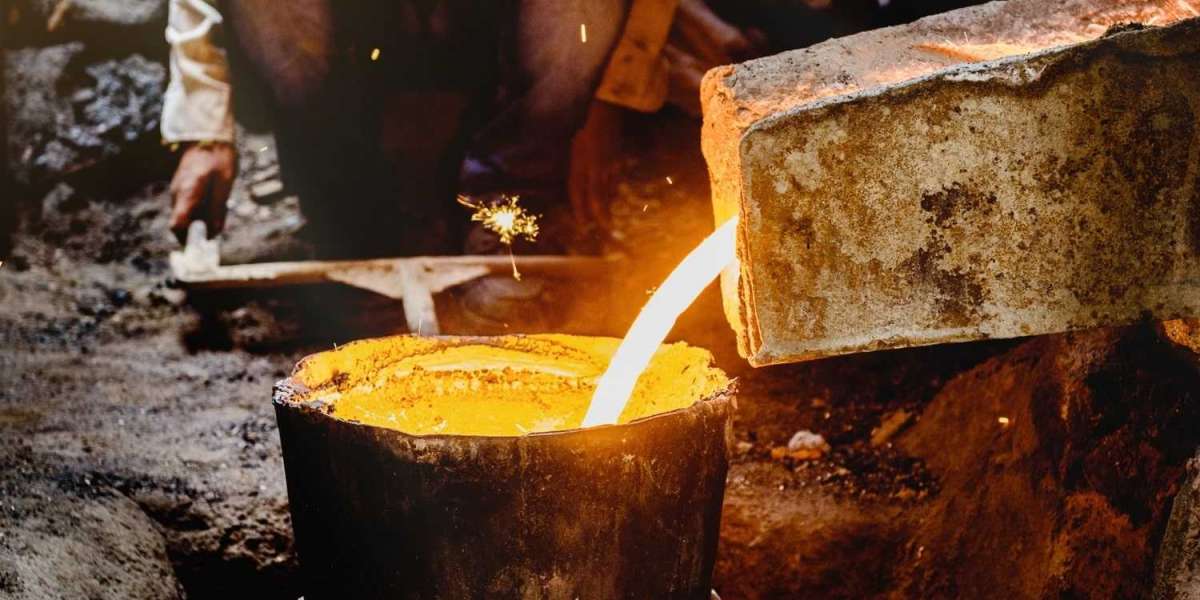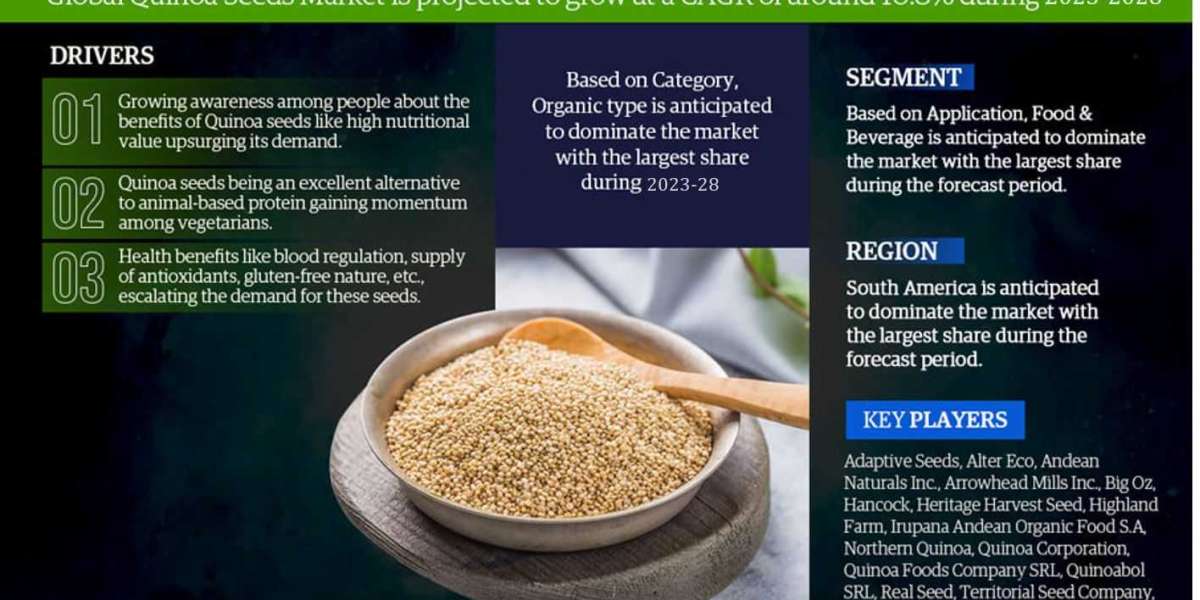In the realm of manufacturing, casting stands as a time-honored and versatile process that has played a pivotal role in shaping the industrial landscape. From the ancient civilizations that first harnessed the power of molten metals to the cutting-edge technologies of today, the art of casting has continually evolved, unlocking new possibilities and transforming the way we conceive and create the world around us. In this comprehensive guide, we will delve into the intricate world of casting manufacturing, exploring the various techniques, materials, and innovations that have elevated this process to new heights.
The Casting Continuum: Exploring the Diverse Techniques
At the heart of casting manufacturing lies a multitude of techniques, each with its unique advantages and applications. Let us explore the key casting methods that have revolutionized the industry.
Sand Casting
One of the most widely used casting processes, sand casting leverages the malleability and precision of sand molds to produce a vast array of components, from simple household items to complex automotive parts. This technique's versatility, cost-effectiveness, and ability to handle a wide range of materials have made it a staple in the manufacturing industry.
Investment Casting
Also known as the "lost-wax" process, investment casting is renowned for its ability to create intricate, high-precision parts. By using a wax pattern and a ceramic mold, this method can produce components with exceptional detail and surface finish, making it a go-to choice for industries such as aerospace, medical devices, and jewelry.
Die Casting
Die casting, a high-speed, high-pressure casting process, has revolutionized the mass production of complex, consistent parts. Utilizing hardened steel or other metal alloy molds, die casting can rapidly and efficiently manufacture a wide range of components, from automotive parts to household appliances, with unparalleled precision and efficiency.
Continuous Casting
Pioneered in the steel industry, continuous casting is a highly automated process that transforms molten metal into solid, semifinished products, such as billets, blooms, or slabs. This innovative technique has streamlined the manufacturing process, reducing waste and increasing productivity, making it an indispensable tool in the production of large-scale metal components.
Casting Materials: Unlocking the Potential of Diverse Alloys
The casting process is not limited to a single material; in fact, the versatility of casting allows for the use of a wide range of alloys, each with its unique properties and applications.
Ferrous Alloys
Ferrous alloys, such as cast iron and steel, have long been the backbone of the casting industry, offering exceptional strength, durability, and wear resistance. These materials have found widespread use in the automotive, infrastructure, and heavy machinery sectors, where their robust characteristics are crucial.
Nonferrous Alloys
The casting landscape also includes a diverse array of nonferrous alloys, including aluminum, copper, and titanium. These materials excel in applications where lightweight, corrosion resistance, or specialized properties are of paramount importance, such as in the aerospace, electronics, and medical industries.
Specialty Alloys
Advancements in materials science have also given rise to a host of specialty alloys, designed to push the boundaries of what is possible in casting manufacturing. From high-temperature superalloys to advanced composites, these innovative materials are revolutionizing the way we approach complex engineering challenges, opening up new frontiers in fields like energy, aerospace, and beyond.
The Future of Casting: Embracing Innovation and Sustainability
As the manufacturing landscape continues to evolve, the casting industry is poised to play a pivotal role in shaping the future. Through the integration of cutting-edge technologies, such as additive manufacturing, digital twins, and advanced simulation tools, the casting process is being optimized for greater efficiency, precision, and sustainability.
Moreover, the industry is embracing the call for environmentally responsible practices, exploring ways to reduce waste, minimize energy consumption, and promote the circular economy. From the development of eco-friendly casting materials to the implementation of advanced recycling methods, the casting industry is leading the charge in creating a more sustainable manufacturing landscape.
As we look to the future, the art of casting will continue to be a cornerstone of industrial progress, empowering engineers, designers, and manufacturers to push the boundaries of what is possible. Through a harmonious blend of time-honored techniques and innovative technologies, the casting industry will undoubtedly remain a driving force in the creation of the products and infrastructure that define the modern world.








